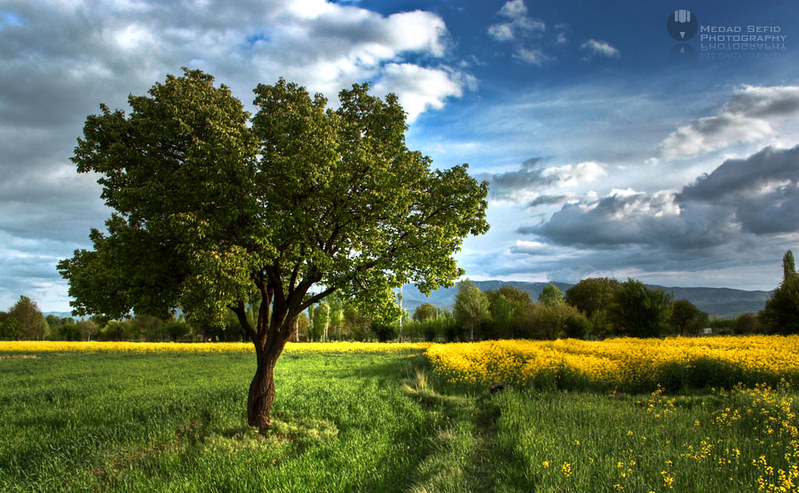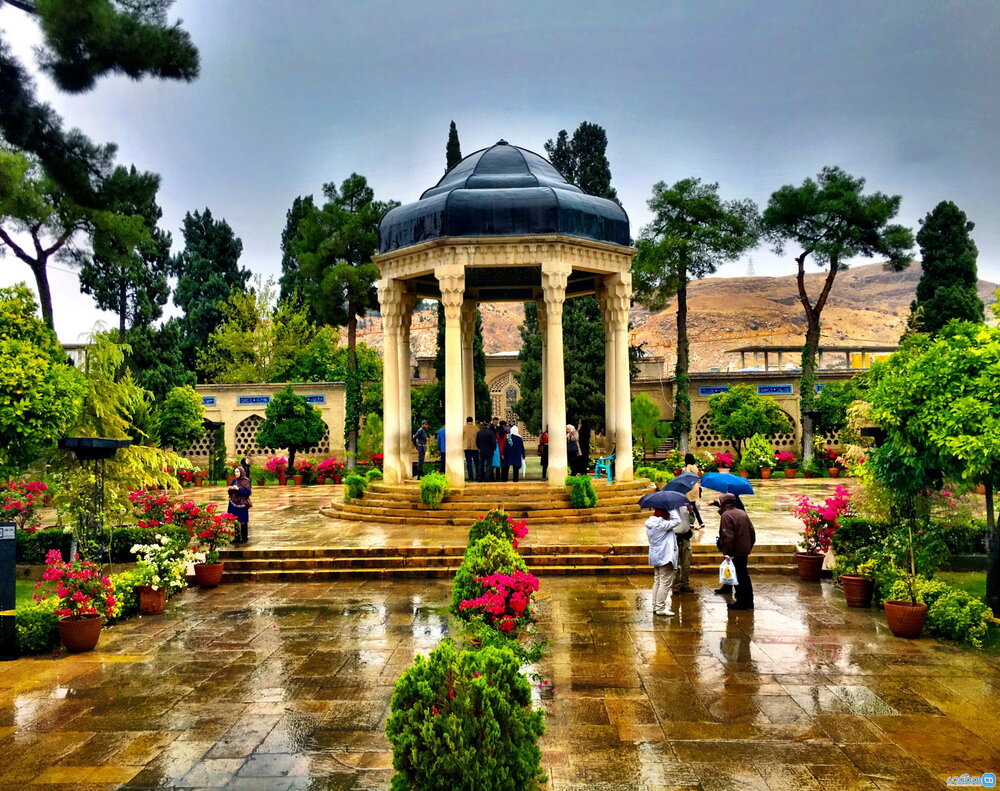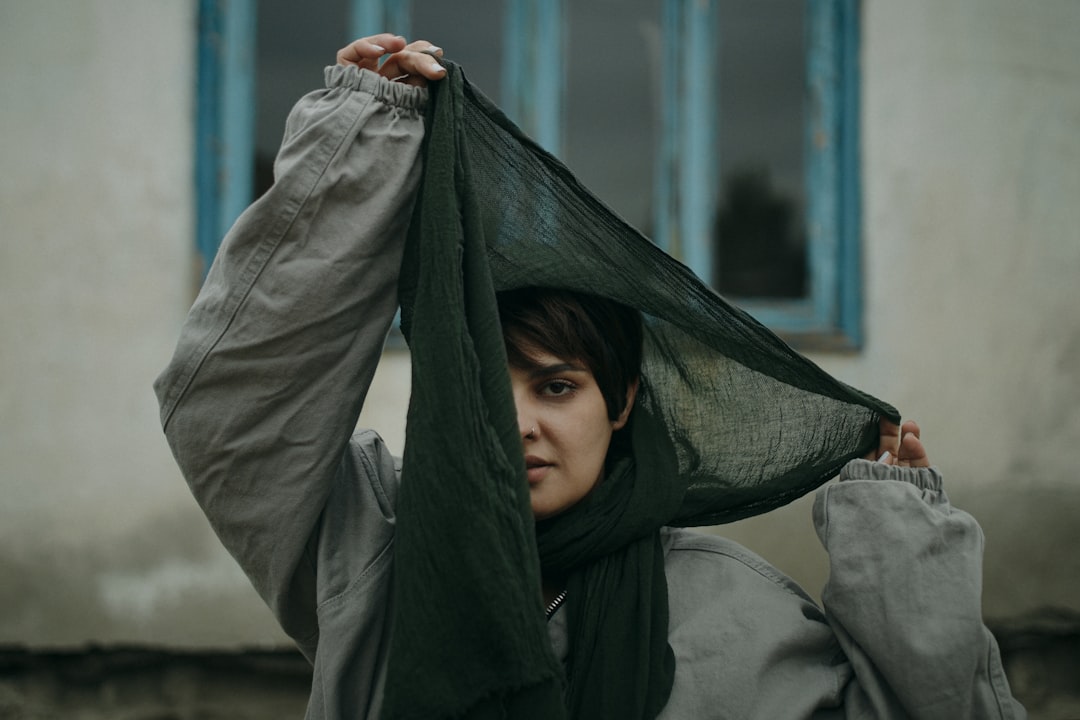Jashn-e Ordibeheshtgân is one of the twelve Zoroastrian “monthly feasts” (Jashn) that occur when a day and its corresponding month share the same name—in this case, the 3rd day of the 2nd month, Ordibehesht. Rooted in the worship of Asha Vahišta (Truth, Righteousness) and closely associated with the creation of fire and celestial order, this springtime festival blends spiritual observance—Yasht recitations, fire offerings—with outdoor gatherings, charitable acts, and symbolic rites of purity. Though its precise date shifts slightly in the Gregorian calendar, it typically falls around April 22nd, marking a moment for Zoroastrians and many Iranians to honor cosmic order, communal harmony, and the renewing power of nature.
Historical Roots and Zoroastrian Context
The Zoroastrian Calendar and “Monthly Jashns”
In ancient Zarathushti practice, each of the twelve solar-calendar months shared its name with one day in every month; when both coincide, a Jashn (feast) is held in honor of that divine attribute or entity.
Ordibehesht (the second month) corresponds to Asha Vahišta—the Amesha Spenta embodying Truth and Righteousness—and thus its feast, Ordibeheshtgân, celebrates these divine qualities.
According to Sasanian-era records, Ordibeheshtgân fell on the 3rd day of the month—hence its traditional date—making it the second of the twelve “monthly Jashns” observed each year.
Significance of Asha Vahišta and Fire
In Zoroastrian cosmology, Asha Vahišta represents the ideal of cosmic order and the purity of Fire, seen as the earthly manifestation of divine truth Ahura Mazda.
Ordibeheshtgân thus includes special fire ceremonies: prayers at the Ateshkadeh (fire temple), kindling of sacred flames, and offerings symbolizing the triumph of order over chaos.
When and How It’s Celebrated Today
Date in the Gregorian Calendar
While the ancient Zoroastrian calendar fixes Ordibeheshtgân on Ordibehesht 3, the modern correspondence places it around April 22nd each year.
Celebrants often consult both calendars to choose the proper local date, especially in diaspora communities where spring holidays coincide.
Traditional Practices
-
Fire Rituals and Prayers
-
Devotees gather at fire temples or private altars to offer sandalwood, frankincense, or other purifying substances to the flame.
-
Recitation of the Ordibehesht Yasht—prayers extolling Truth and Righteousness—is central to the day’s liturgy.
-
-
Purity and Charity
-
Observers perform ritual cleansing (ablutions) before sunrise, symbolizing inner spiritual purity.
-
Acts of charity—feeding the poor, distributing sweets or flowers—reflect the humanitarian ethos tied to Asha.
-
-
Communing with Nature
-
Picnics in gardens or by streams celebrate the spring season; participants may plant saplings or scatter flower petals in water to honor growth and renewal.
-
Myth holds that on this day, a golden-ringed fish appears in natural waters as a sign of felicity—encouraging water-related rituals and pond-side gatherings.
-
Cultural Revival and Diaspora Celebrations
In recent years, Iranian diaspora communities—from Los Angeles to Toronto—have organized public Ordibeheshtgân festivals featuring traditional music, dance, and crafts, blending Zoroastrian ritual with broader Persian cultural programs.
Organizations like the Ashooi Association and Zoroastrian Friends Alliance stage exhibitions on Avestan art, host lectures on Asha Vahišta, and serve Haft Sīn-inspired spring refreshments to introduce newcomers to the holiday’s themes.
The Broader Tapestry of Persian Festivals
Ordibeheshtgân is one thread in Iran’s vibrant annual cycle of festivals, which includes Nowruz (New Year), Mehregan (Autumn Harvest), and Yalda (Winter Solstice).
Like these counterparts, it exemplifies the ancient Iranian emphasis on harmony with nature, community solidarity, and the triumph of light and order ﹘ values that resonate across millennia and geographies.
Conclusion
Jashn-e Ordibeheshtgân offers a moment to step back from modern life’s bustle, rekindle our bond with elemental forces—especially the purifying power of fire—and recommit to truth, righteousness, and communal well-being. Whether observed at a sacred fire temple, in a family’s garden, or at a public cultural fair, its timeless message of Asha continues to illuminate hearts and guide actions, enriching both Zoroastrian devotees and the wider Iranian community.





